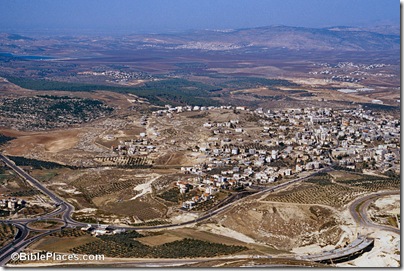The Archaeology Wing of the Israel Museum is still closed, but the Bible Lands Museum across the street is a worthwhile visit, especially with this new exhibit.
Sounds, archaeological finds and scientific hypotheses all play major roles in an exhibition entitled “Sounds of Ancient Music,” which opened last week at the Bible Lands Museum in Jerusalem. Focusing on musical developments in ancient Sumeria, Babylon, Assyria and other cultures of the Ancient Near East, through the periods of the Kingdom of Judea, Greece and the Roman Empire, the exhibition features 137 objects – among them, rare musical instruments that have been preserved from antiquity, as well as full-sized replicas of instruments from those early eras.
the Ancient Near East, through the periods of the Kingdom of Judea, Greece and the Roman Empire, the exhibition features 137 objects – among them, rare musical instruments that have been preserved from antiquity, as well as full-sized replicas of instruments from those early eras.
Among other items on display are a flute, fragments of which were discovered in a burial cave in the French Hill neighborhood of Jerusalem and dating back to the Second Temple period, as well as the well-known stone from that same period bearing the inscription, “To the House of Trumpeting to the k …,” in a form of the Hebrew alphabet typical of the Herodian period. According to scholars, this was part of the southwestern cornerstone of the Temple compound described by the first-century C.E. Jewish historian Josephus, from which a kohen (priest) blew the trumpet to usher in the Sabbath. According to the Mishna, in those days people blew trumpets, strummed harps and lyres, played the flute and beat the cymbal. It is written that the sounds of the flute and the cymbal were so loud they could be heard even in Jericho.

